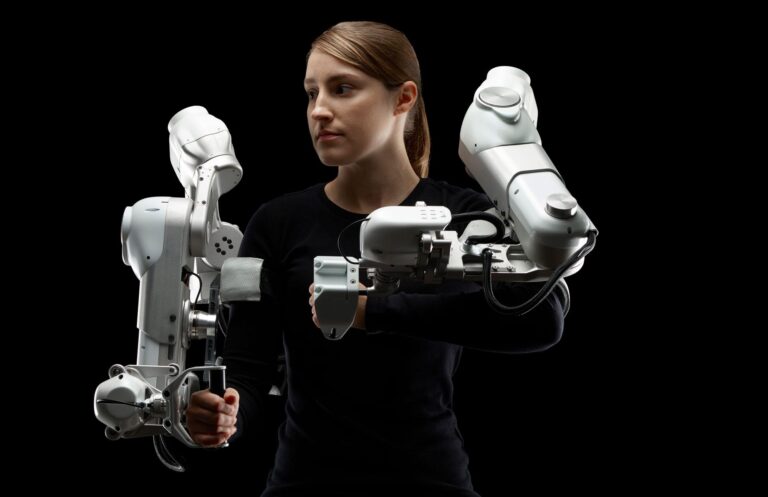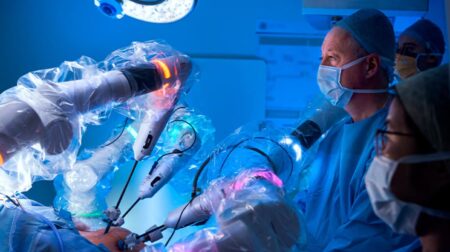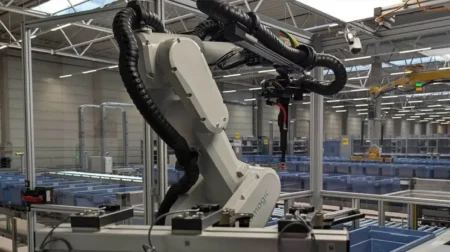Harmonic Bionics, a company that creates rehabilitation robotics platforms for the clinical market, has developed an upper-limb exoskeletal robot platform to enable patients to relearn how to use limbs that are often left paralysed by strokes.
The Harmony exoskeleton platform is based on the principles of neuromuscular physiology and is designed to take advantage of known neurological coupling between human joints, using coordinated movements and forces to boost functional therapy.
It wraps around the patient’s shoulders, arms and wrists and can power their joints to assist patients as they perform the various dynamic movement tasks they must relearn.
According to the company, the highly sensitive and repeatable platform creates an assist-as-needed paradigm that encourages active patient participation and can greatly improve the effectiveness of shoulder therapy for stroke survivors.
What’s more, it also frees up therapists to massage a patient’s arm or monitor multiple patients at once.
For the platform to work properly, the designers IKO’s CRBH and CRBF Series crossed roller bearings, which can carry large moment loads so the exoskeleton can move coaxially with the patients’ skeletal structure as they move their arms.
These bearings are also small, lightweight and offer a low coefficient of friction (CoF).
Rohit Varghese, head of product development at Harmonic Bionics, said: “An exoskeleton like ours has very unique challenges. Few bearings can satisfy them.”
With rollers alternately crossed at right angles between the inner and outer rings, the compact units can handle radial, thrust and moment loads at the same time with high rotational accuracy and rigidity, making them well-suited for robotics and medical equipment.
Harmonic Bionics said this chosen model provided “more than enough moment load carrying ability to meet their requirement of 100Nm”, and they had no problem incorporating the unit within limited space.
Furthermore, the CRBH’s CoF after modifications allows the system to feed sensor data into algorithms that customise the levels of resistance and support that the patient receives relative to gravitational forces.
In addition, with mounting holes on both the inner and outer rings, engineers were able to install the bearing without machining, special housings or fixing plates to the micrometer-level bearing tolerances.
The rehabilitation robot has undergone extensive clinical trials, and Harmonic Bionics reported that the CRBH is meeting expectations.
“We’re happy with its performance,” said Varghese. “It is holding up.”
He added that “renowned hospitals” have flown therapists to Harmonic Bionics’ Texas facility to explore the technology.








